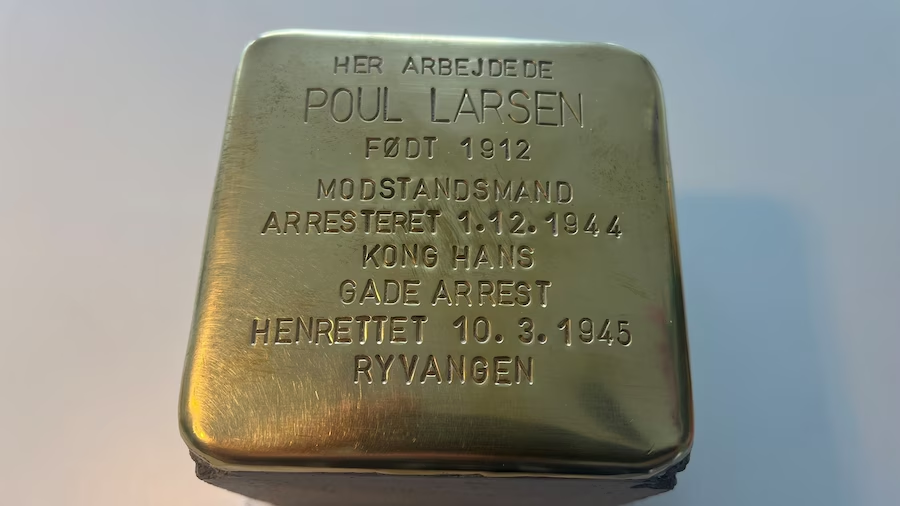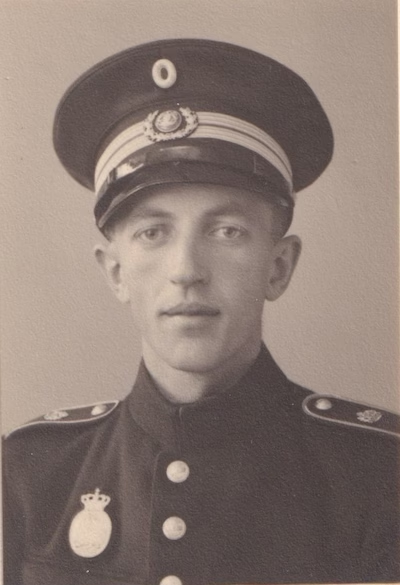On 28 August, the birthday of resistance fighter Poul Larsen, the city of Aalborg will inaugurate its first Stolperstein (“Stumbling Block”) a brass memorial stone embedded in the pavement to commemorate victims of Nazism. Larsen was executed by German forces on 10 March 1945 after 100 days in Gestapo custody.
A memorial for Poul Larsen
The Stolperstein will be placed in Aalborg to mark the life and fate of Poul Larsen, who grew up in the city before joining the Danish resistance during the Second World War. His death at the hands of the occupiers is one of many tragic episodes in Denmark’s wartime history. By installing the memorial on his birthday, organisers seek to symbolically restore his presence to the local community.

Stolpersteine as a global project
The Stolperstein project was initiated in 1995 by German artist Gunter Demnig as a decentralised memorial to the victims of Nazism. Each stone is placed outside the last chosen residence or workplace of individuals who were persecuted and killed. Since its launch in Cologne, more than 100,000 stones have been installed worldwide, making it the largest memorial project in history.
Local commemoration in Aalborg
The initiative in Aalborg is led by the association Snublesten Aalborg, which emphasises the importance of confronting local history. By introducing the city’s first Stolperstein, the group highlights the contribution and sacrifice of individuals such as Poul Larsen, ensuring their memory remains part of the urban landscape. The project also connects Aalborg to a broader European culture of remembrance.

The significance for Denmark
Denmark has gradually embraced the Stolperstein tradition, adding to the country’s existing memorials for resistance fighters and Holocaust victims. The placement of the stone in Aalborg underscores the local community’s role in the wider European remembrance movement, bridging history and present-day reflections on democracy, human rights and resistance against oppression.






